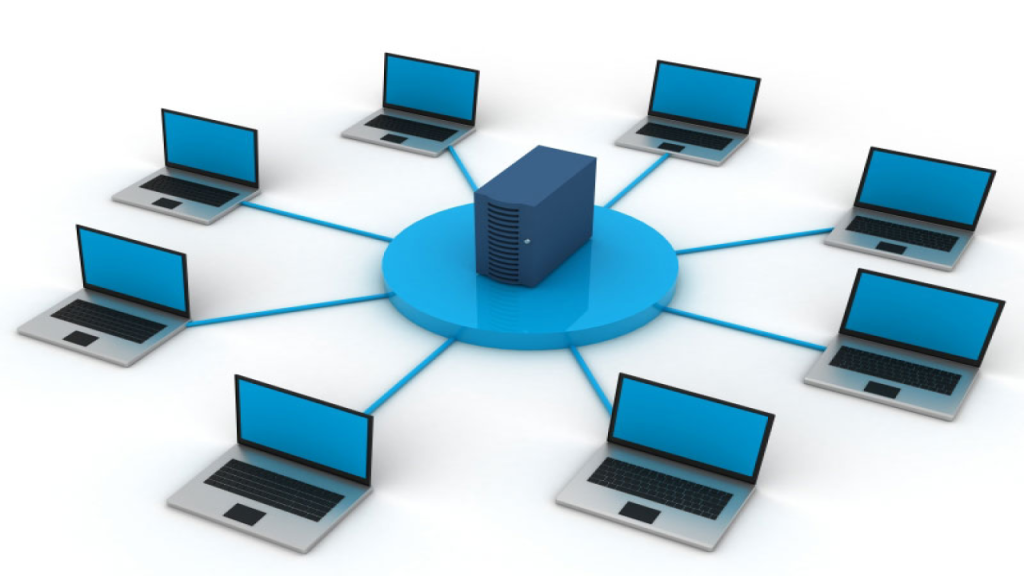In the heartland of India, amidst the rich cultural tapestry of Bihar, a silent revolution is underway in the realm of education. Government-run schools, often referred to as ‘Sarkari schools’, are shedding their outdated perceptions and emerging as catalysts of change, providing quality education to the masses. These institutions, once considered as lacking in infrastructure and resources, are now undergoing a remarkable transformation, driven by the Bihar government’s unwavering commitment to empowering its youth through education.

Introduction
For years, Sarkari schools in Bihar have been unjustly stereotyped as underperforming institutions, offering subpar educational experiences. However, this narrative is rapidly changing as these schools embrace innovation and adopt holistic approaches to learning. The Bihar government’s unwavering focus on improving the quality of education in these institutions has resulted in significant advancements in infrastructure, teacher training, and pedagogical practices.
Historical Evolution of Sarkari Schools in Bihar
Early Beginnings: Laying the Foundation for Public Education
The genesis of Sarkari schools in Bihar can be traced back to the pre-independence era when education was primarily the domain of elite institutions. However, with the advent of British rule, efforts were initiated to establish a network of government-run schools, primarily aimed at providing basic education to the masses. These early schools, though limited in resources and infrastructure, laid the foundation for a public education system that would eventually reach every corner of the state.
Post-Independence Era: Navigating Challenges and Embracing Change
Following India’s independence, Bihar inherited a vast network of Sarkari schools, tasked with the immense responsibility of educating a burgeoning population. However, these schools faced numerous challenges, including inadequate infrastructure, a shortage of qualified teachers, and limited access to modern teaching methodologies. Despite these hurdles, the state government persevered, introducing various initiatives to improve the quality of education in Sarkari schools.
Infrastructure and Facilities
Transportation: Connecting People and Places
Transportation infrastructure forms the backbone of any economy, and Bihar is no exception. The state has embarked on an ambitious plan to upgrade its road network, expanding highways and constructing new bridges to connect remote areas. The development of the Bihar State Highways Project and the implementation of the Pradhan Mantri Gram Sadak Yojana have significantly improved rural connectivity.
Power Generation: Illuminating Lives and Industries
Access to reliable electricity is crucial for economic growth and social development. Bihar has made significant strides in power generation, with the establishment of new power plants and the expansion of existing ones. The state’s installed power generation capacity has increased substantially, reducing the gap between demand and supply.
Healthcare: Advancing Wellness and Well-being
The provision of quality healthcare is a cornerstone of a thriving society. Bihar has witnessed a surge in healthcare infrastructure development, with the construction of new hospitals, clinics, and diagnostic centers. The state government’s initiatives, such as the establishment of the Bihar Medical Services & Infrastructure Corporation Limited (BMSICL), have played a pivotal role in this progress.
Quality of Education
Sarkari Result tools work by collecting, curating, and presenting information from various government websites and sources. Here’s an overview of the key processes involved:
- Data Collection: These tools employ web scraping techniques to extract data from government websites, employment portals, and official notifications. This data includes information about job vacancies, exam schedules, results, and other relevant details.
- Data Organization: Once the data is collected, it is organized and categorized to make it easily accessible to users. This involves creating a user-friendly interface that allows visitors to search for specific job categories, departments, and states.
- Regular Updates: To ensure the information is up-to-date, Sarkari Result tools continuously monitor government websites and notifications. When new job vacancies are announced or results are published, the tools update their databases accordingly.
- User-Friendly Design: These tools often feature user-friendly designs and search functionality, allowing job aspirants to quickly find the information they need. Users can search for jobs by category, location, educational qualification, and more.
- Alert Systems: Many Sarkari Result tools offer alert systems, where users can subscribe to receive notifications about specific job categories or exam results. This keeps job aspirants informed without the need for manual checks.
Inclusivity and Diversity
Defining the Pillars of Inclusivity and Diversity
Inclusivity, at its core, embodies the active creation of environments where individuals from all walks of life feel a sense of belonging and acceptance. It entails the conscious removal of barriers that hinder participation and the fostering of a culture where everyone has equal access to opportunities and resources. Diversity, on the other hand, celebrates the vast array of human differences, encompassing not only race, ethnicity, and gender but also extending to socioeconomic status, sexual orientation, religious beliefs, and physical abilities
The Significance of Inclusivity and Diversity
The pursuit of inclusivity and diversity is not merely a moral imperative but also a catalyst for societal progress and innovation. When individuals from diverse backgrounds come together, they bring with them a wealth of perspectives, experiences, and knowledge that can enrich discussions, fuel creativity, and lead to groundbreaking solutions. Inclusivity and diversity foster a more vibrant and dynamic society, where individuals feel empowered to express their authentic selves, contributing to a collective sense of belonging and shared humanity.
Challenges and Barriers to Inclusivity and Diversity
Despite the inherent value of inclusivity and diversity, societies often face challenges in fully embracing these principles. Entrenched biases, stereotypes, and discriminatory practices can create obstacles to equal opportunities and hinder the full participation of individuals from marginalized groups. Moreover, unconscious biases, deeply ingrained societal norms, and a lack of understanding of different cultures can lead to unintentional exclusion and marginalization.




















